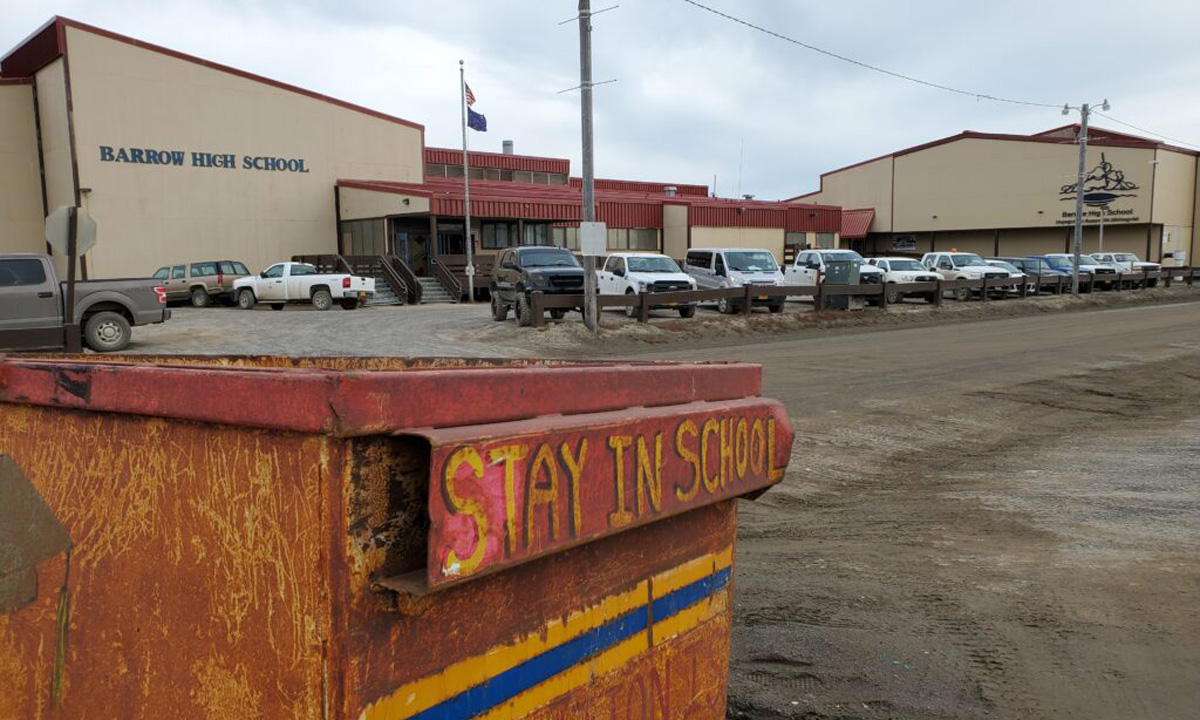Alaska Program Aimed at Keeping School Principals to Triple in Size
Leaders say stable principals lead to better teacher retention, student outcomes.

Get stories like this delivered straight to your inbox. Sign up for The 74 Newsletter
A program aimed at supporting and retaining Alaska principals will more than triple its participation this year, coordinators told the state’s Board of Education at its October 5th meeting. The state’s two largest districts will join the Alaska School Leadership Academy, increasing its ranks from 36 to 118 principals.
Lisa Parady, executive director of the Alaska Council of School Administrators, helped revive the program in 2018 with former Department of Education and Early Development Commissioner Michael Johnson.
“We’re here to share the good news that it’s working,” she said.
Parady said Alaska’s principal turnover rate statewide was around 38% when the program started. Now, her data shows the turnover rate is below 25%.
Jennifer Rinaldi, the principal lead for the program, said strong principals have a stabilizing effect on the whole school and can increase teacher retention.
“Our overarching goal for the ASLA program is really increased stability within our schools in our communities,” she said. “We want positive teacher retention in our buildings, and we know that’s going to lead to student achievement.”
Rinaldi said the principals they mentor ask for more support with four main areas: family engagement, staff supervision, recognizing and resolving issues effectively, and public advocacy.
“Our goal is to support their instructional focus by providing professional development in these areas and really enhancing that institutional leadership,” she said.
The program is a state-grant-funded partnership between the Education Department and the Alaska Council of School Administrators. It is a two-year program that matches school principals with mentors.
The number of mentors is growing also. Last year, 25 veteran educators participated; this year, the program will have 61 mentors. The program’s data shows that more than 70% of principals that sign up for the program complete it.
Sam Jordan, the grant director, said the program is foundational to the success of the state’s public school system.
“By focusing our efforts on the support of early career principals, we are rightly investing in the people who serve as linchpins in schools around our state,” he said. “Principals set the school climate and the instructional culture in each school by building their effectiveness and competence as leaders and promoting their retention over longer periods of time.”
He said that strengthens the stability of the entire public school system and allows schools to focus more resources on student achievement.
The board and DEED Commissioner Deena Bishop asked to see data that shows the correlation between student achievement and principal retention. Dale Cope, the program’s evaluator, said that the group would like to track that, but since school testing has changed the program is waiting for more more data to track that correlation.
“We want to move in that direction. We need to, in order to show that success. We know it’s working, but now we need to show those student outcomes that really support that,” Parady said.
Parady said that the program is effective, but the need for increased principal and teacher retention is still great.
“We’re still experiencing incredible turnover,” she said.
Alaska Beacon is part of States Newsroom, a network of news bureaus supported by grants and a coalition of donors as a 501c(3) public charity. Alaska Beacon maintains editorial independence. Contact Editor Andrew Kitchenman for questions: [email protected]. Follow Alaska Beacon on Facebook and Twitter.
Get stories like these delivered straight to your inbox. Sign up for The 74 Newsletter

;)